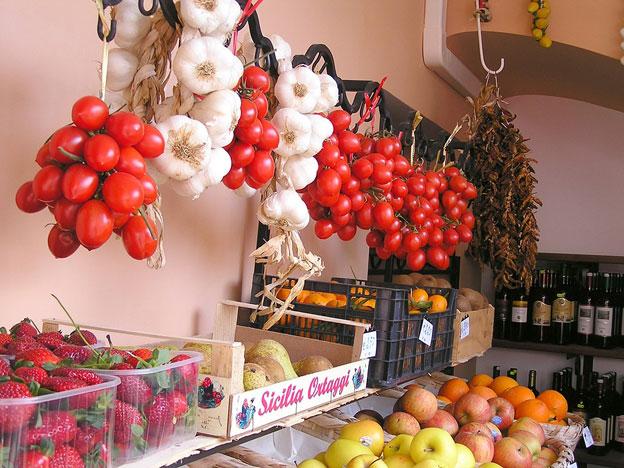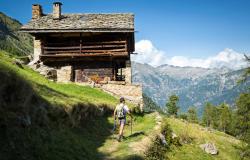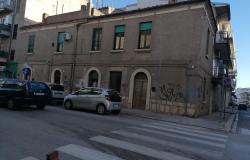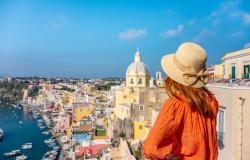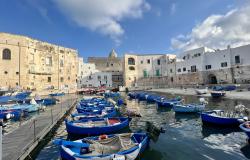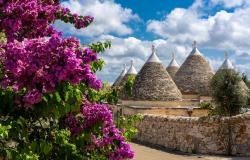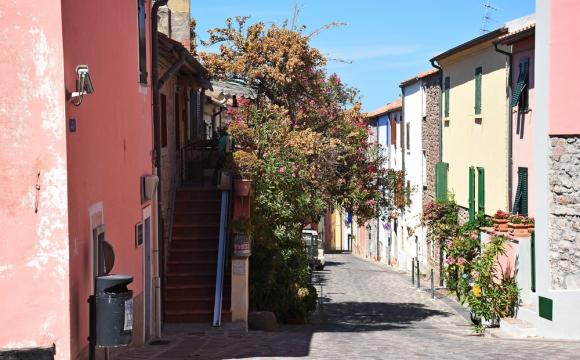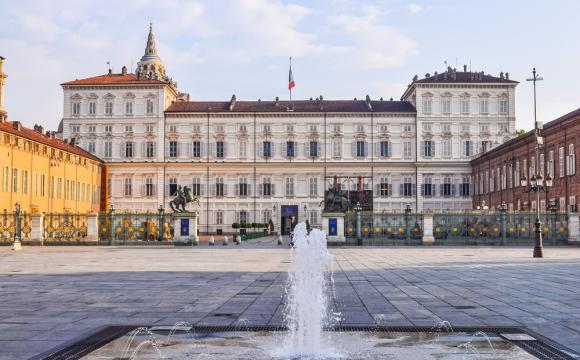Italy is such a diverse country that it attracts people from all walks of life with all kinds of interests, and because of this it’s easy to list all the reasons why you should make it your next holiday destination. But, rather than state the obvious, like its magnificent art collections and the excellent cuisine, here are five different reasons to visit.
1. Local Markets: The Italian people love markets. They’re fascinating places to stand back and watch as people go about their daily routines. Fruit and vegetables are stacked high in a multitude of shapes and colours by local producers whose harvests are dictated by the season. In summer, fat red peppers shine in the sunshine, the scent of tomato wafts on the gentle breeze and chillies as hot as Etna’s lava tempt the shoppers. People come to the local markets to socialise, ladies stop to browse the stalls, turning items over in their hands as they continue their conversations. Men gather in corners discussing sport, as their wives, eager for a bargain, rummage through the tangle of clothing piled high upon second-hand stalls. Set against a backdrop of ancient buildings, the local market is an essential part of Italian life and, thankfully, a tradition that has no indication of disappearing soon.
2. The Passeggiata: Indulge in this most civilised of Italian practices! La passeggiata marks the end of the working day and takes place mostly during the week-end. In most towns, Italians take to the streets and savour this opportunity to walk through the city centre seeing and being seen. Take up a prime position in a local bar and sip your aperitivo as you watch the townsfolk stroll along the corso, occasionally pausing to swap gossip and shake hands with their neighbours.
3. The Backstreets: Saunter off the tourist track and head into the heart of the towns and villages. The cooler, narrow side streets will give you a better insight into life in Italy. No organised trip can equal the enjoyment gained by just strolling around a corner to find three chairs sat against a wall where friends meet each morning to chat, or hearing the swish of a fly screen as someone exits the fishmonger’s shop to be followed down the street by a couple of cats. Just strolling along as you take in the juxtaposition of modern shop signs on ancient buildings, while immersing yourself in the sights and sounds of daily Italian life, will create unique memories that will stay with you long after you’ve returned home.
4. The National Parks: Italy has 24 national parks, ranging from alpine wildernesses to marine archipelagos. The parks are made up of protected areas of scientific interest and nature reserves where indigenous species are protected and in many cases have been reintroduced.
Everyone is welcomed to the parks on the understanding that they follow the rules; littering is not tolerated and the practice of lighting barbecues is strictly forbidden. The parks that are a haven for nature and photography enthusiasts include:
Parco Nazionale Arcipelago Toscano. It is Europe’s largest marine park, made up of 17,887 hectares of land and 56,766 of sea. The park comprises also the seven islands of Giglio, Montecristo, Pianosa, Capraia, Giannutri, Gorgona, and Elba. The park is devoted to the study and protection of both marine life and rare flora.
Parco Nazionale dell'Asinara. It is Sardinia’s third largest island with an unusual history. Human habitation dates back to the Neolithic period and part of its chequered history has led to it been referred to as Isola del Diavolo (Devil’s Island). It was used in World War I as a concentration camp, and later as a health centre for the quarantine of serious illness. In the 1970s, a high security prison was built for convicted terrorists, which closed when the park was established in 1997.
Parco Nazionale del Pollino contains the southern Apennine mountain chain and the Pollino and Orsomarso massif and spreads through both Basilicata and Calabria, stretching out from the Tyrrhenian Sea to the Ionian Sea. It is a large territory of unpolluted nature reserves that house many rare species like the Golden Eagle and the Bosnian Pine. The landscape is pitted with gorges and caves like Grotta del Romito and also clothed in wooded areas of scientific importance, while also having archaeological sites dating back to the Greek occupation.
Parco Nazionale del Vesuvio houses one of the most famous active volcanoes in the world and is therefore an important area for scientific study. The park is a reserve filled with biodiversity with rare flora and fauna such as the Beech Marten and the endangered Oaken Mouse that is no longer found anywhere else in the country.
A day spent exploring one of Italy’s national parks is an ideal way to enhance your holiday experience.
5. The Festivals: Italians love festivals, and one of the benefits is that anyone and everyone is invited to the party. There are many annual festivities that you can research in advance but the best time can be had by keeping an eye out for posters that promote either Festa di… (festival of…) or Sagra, food-related festivities. Many local festivals are not advertised too far in advance, meaning that it pays to be vigilant. Part of the enjoyment is discovering a festa and changing your plans to accommodate it.
Festivals are usually opened by canon-fire or fireworks and the day-long activities will continue on into the early hours usually culminating in a spectacular firework display.
Just taking part in a local festival will give you an insight into why the concept of community is so important to the Italian people, and it’s most certainly a good and different reason to visit Europe’s boot-shaped country.
